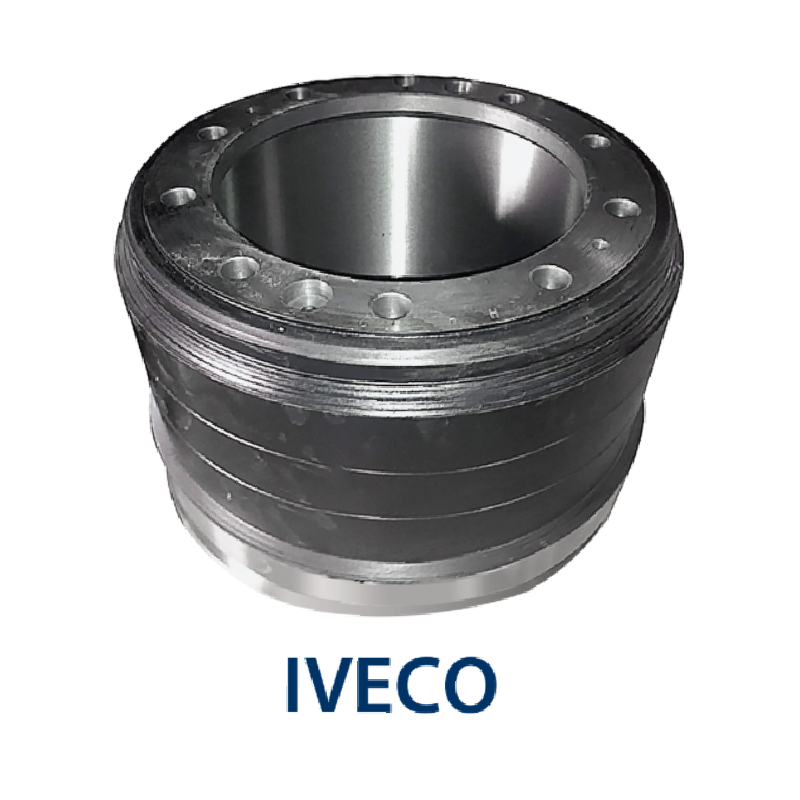دېكابىر . 26, 2024 01:14 Back to list
Manufacturing Process of Brake Drums Overview and Key Considerations
The Brake Drum Manufacturing Process An Overview
Brake drums are essential components in the braking systems of vehicles, playing a critical role in ensuring safety and performance. The manufacturing process of brake drums is a complex yet fascinating journey that combines advanced technology with precision engineering. This article will explore the key steps involved in the brake drum manufacturing process, highlighting the materials used, production methods, and quality control measures.
Materials Used
The primary material used in the production of brake drums is cast iron, due to its excellent thermal conductivity and durability. Some manufacturers also utilize lightweight alloys, such as aluminum, to produce brake drums that offer improved performance and reduced weight. The choice of material affects not only the cost but also the braking efficiency, heat dissipation, and overall vehicle performance.
Design and Engineering
Before the actual manufacturing begins, an extensive design and engineering phase is crucial. This involves computer-aided design (CAD) software to create precise specifications for the brake drum. Engineers consider various factors such as size, shape, and material properties to ensure that the final product meets the required safety standards and performance metrics. This stage also includes simulations to analyze how the drum will behave under different conditions, aiding in optimizing its design.
Casting Process
Once the design is finalized, the casting process begins. The manufacturing of brake drums typically employs the sand casting method. In this process, a mold is created using a mixture of sand and a binder. The molten cast iron is poured into the mold to form the basic shape of the brake drum. After cooling and solidifying, the mold is removed, revealing the rough casting. This initial shaping is critical, as it lays the foundation for the brake drum's final dimensions.
Machining and Finishing
brake drum manufacturing process

After the casting process, the brake drum undergoes several machining operations to achieve precise dimensions and surface finishes. This includes turning, milling, and grinding processes, which ensure that the drum fits correctly onto the vehicle's axle and provides a smooth surface for the brake shoes to contact. During this stage, manufacturers pay special attention to the surface finish and tolerances, as these factors significantly impact the drum's performance and longevity.
Heat Treatment
Heat treatment is an important step in enhancing the mechanical properties of the brake drum. This process involves heating the drum to a specific temperature and then cooling it rapidly, which increases its strength and toughness. This treatment helps the brake drum withstand the intense heat generated during braking, preventing warping and extending its lifespan.
Quality Control
Quality control is paramount throughout the manufacturing process. Various inspections and tests are conducted at different stages to ensure that the brake drums meet the required specifications and safety standards. Non-destructive testing methods, such as ultrasonic and magnetic particle testing, are employed to identify any internal defects or inconsistencies in the material. Furthermore, dimensional checks ensure that each brake drum conforms to the design specifications.
Final Assembly and Packaging
Once the brake drums pass all quality control checks, they move to the final assembly line. Here, they are cleaned, painted, and packaged for shipment. Proper packaging is essential to prevent damage during transportation and storage. Many manufacturers also offer custom branding options for clients, allowing companies to maintain their brand identity even in the components they sell.
Conclusion
The brake drum manufacturing process is a vital component of automotive production, intertwining material science, engineering, and advanced manufacturing techniques. By understanding these processes, one gains insight into the complexities involved in creating a component that is critical for vehicle safety. As technology continues to evolve, we can expect even more advancements in the manufacturing of brake drums, leading to enhanced performance and safety features for vehicles worldwide.
-
ROR Web Development: Build Fast, Scalable, Secure Apps
NewsAug.17,2025
-
Scania Brake Drums: OEM Quality for Optimal Safety & Durability
NewsAug.16,2025
-
R.V.I: Advanced Remote Visual Inspection for Precision
NewsAug.15,2025
-
Discover HYUNDA: Innovative Vehicles, Equipment & Solutions
NewsAug.14,2025
-
R.V.I: Unlock Advanced Insights & Real-time Performance
NewsAug.13,2025
-
Kamaz Brake Drum: Durable & Reliable for Heavy Duty Trucks
NewsAug.12,2025
